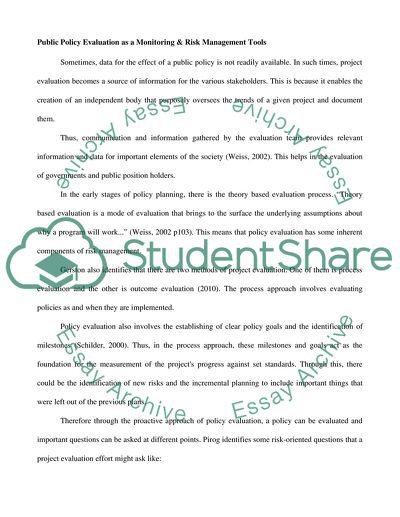Cite this document
(“DEPARTMENT OF POLITICAL ECONOMY:EVALUATING PUBLIC POLICY Essay - 1”, n.d.)
DEPARTMENT OF POLITICAL ECONOMY:EVALUATING PUBLIC POLICY Essay - 1. Retrieved from https://studentshare.org/history/1591015-department-of-political-economyevaluating-public-policy
DEPARTMENT OF POLITICAL ECONOMY:EVALUATING PUBLIC POLICY Essay - 1. Retrieved from https://studentshare.org/history/1591015-department-of-political-economyevaluating-public-policy
(DEPARTMENT OF POLITICAL ECONOMY:EVALUATING PUBLIC POLICY Essay - 1)
DEPARTMENT OF POLITICAL ECONOMY:EVALUATING PUBLIC POLICY Essay - 1. https://studentshare.org/history/1591015-department-of-political-economyevaluating-public-policy.
DEPARTMENT OF POLITICAL ECONOMY:EVALUATING PUBLIC POLICY Essay - 1. https://studentshare.org/history/1591015-department-of-political-economyevaluating-public-policy.
“DEPARTMENT OF POLITICAL ECONOMY:EVALUATING PUBLIC POLICY Essay - 1”, n.d. https://studentshare.org/history/1591015-department-of-political-economyevaluating-public-policy.


